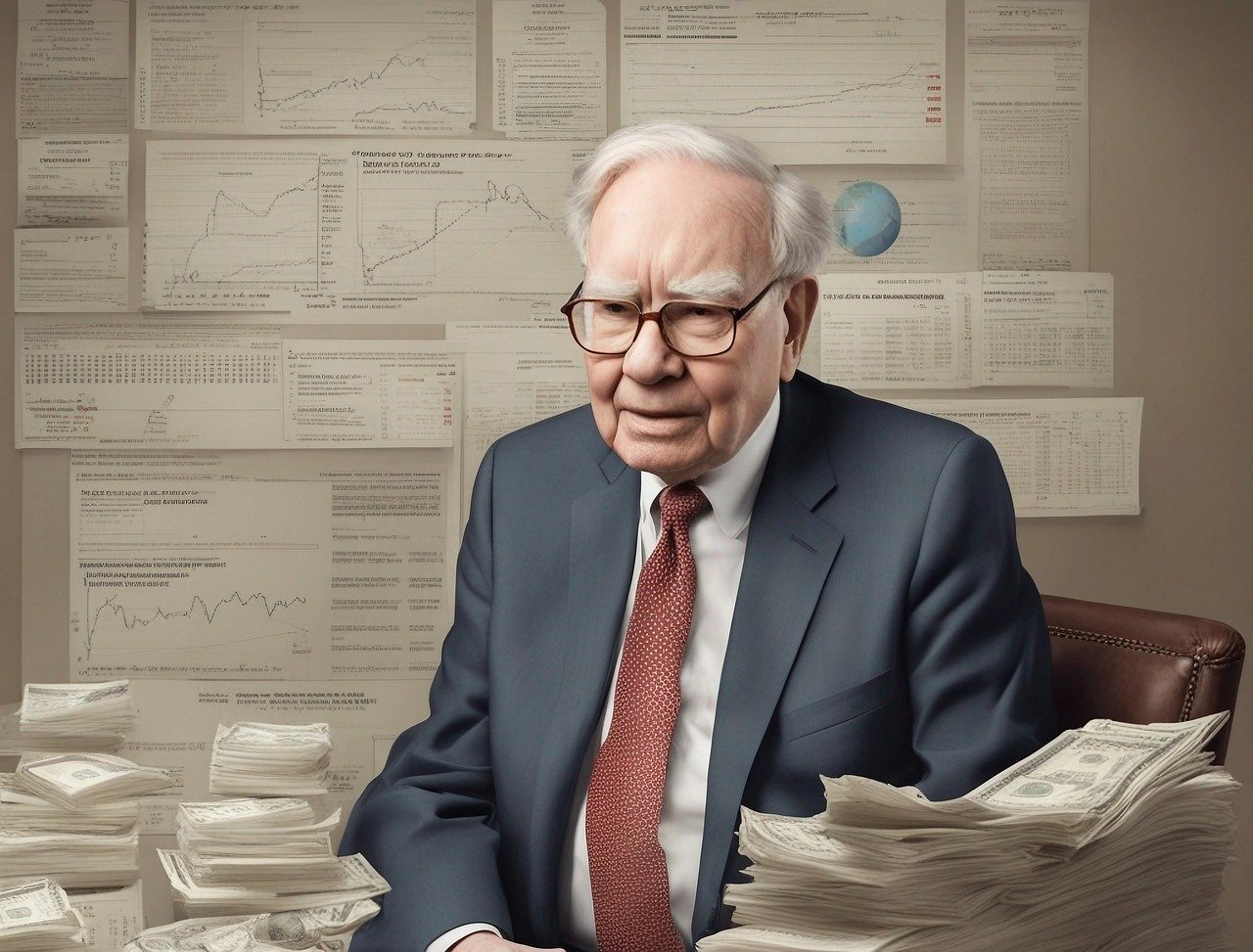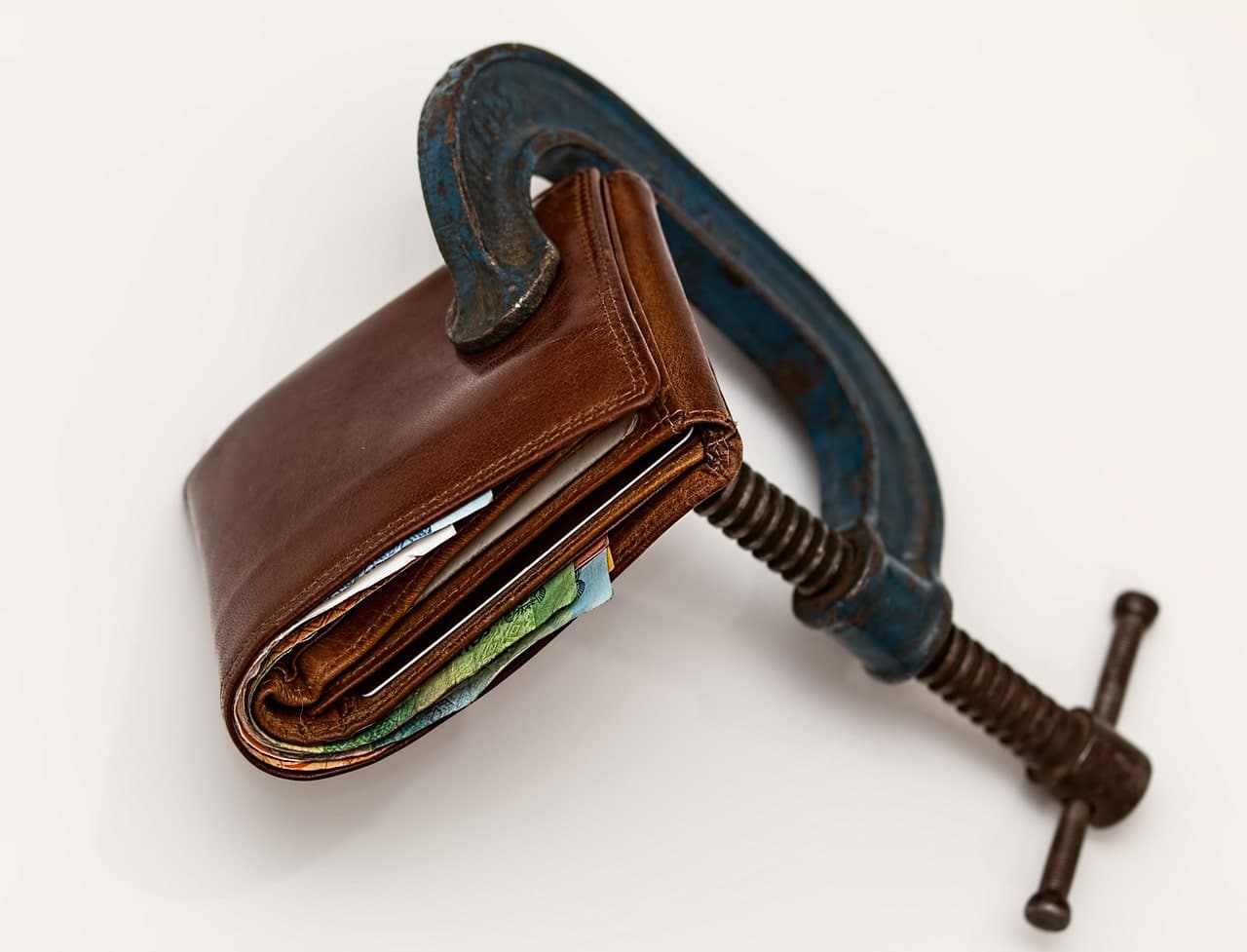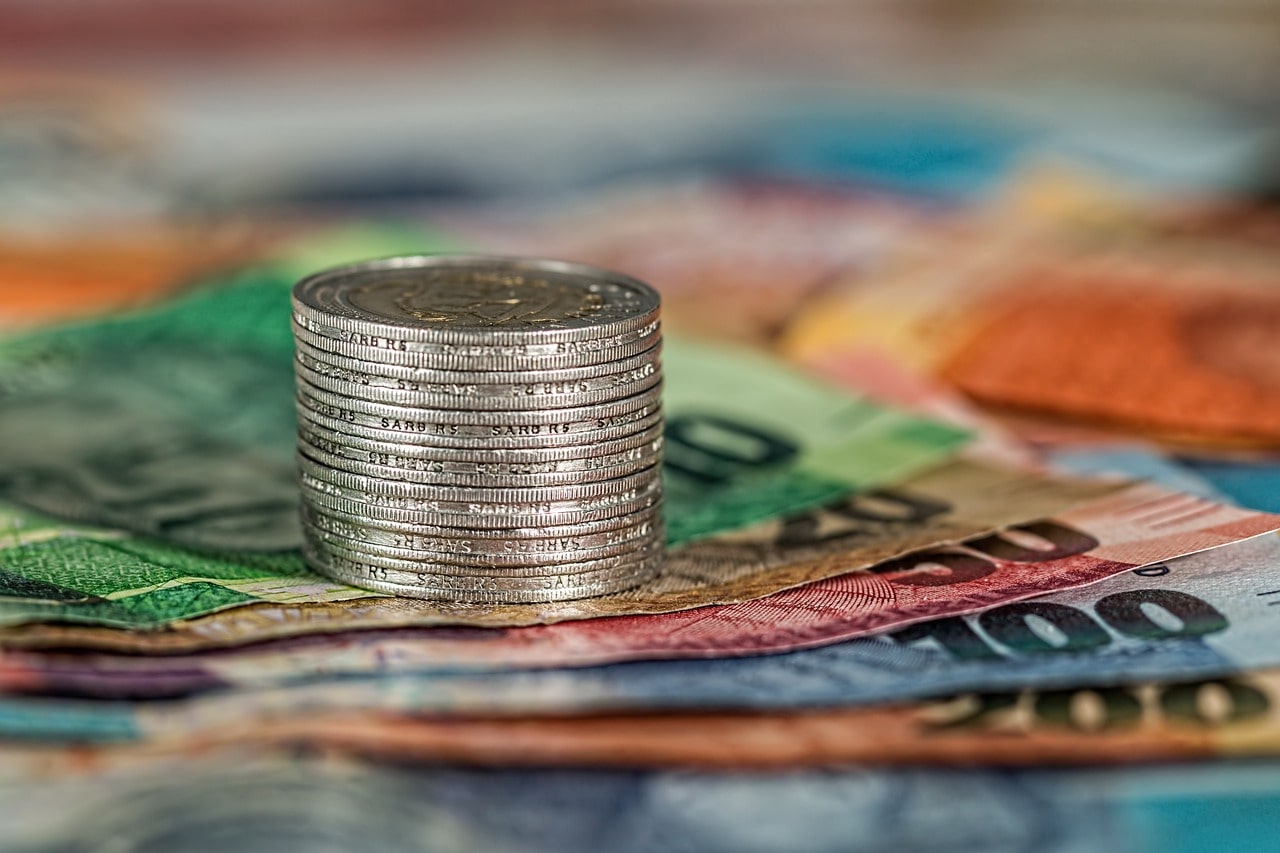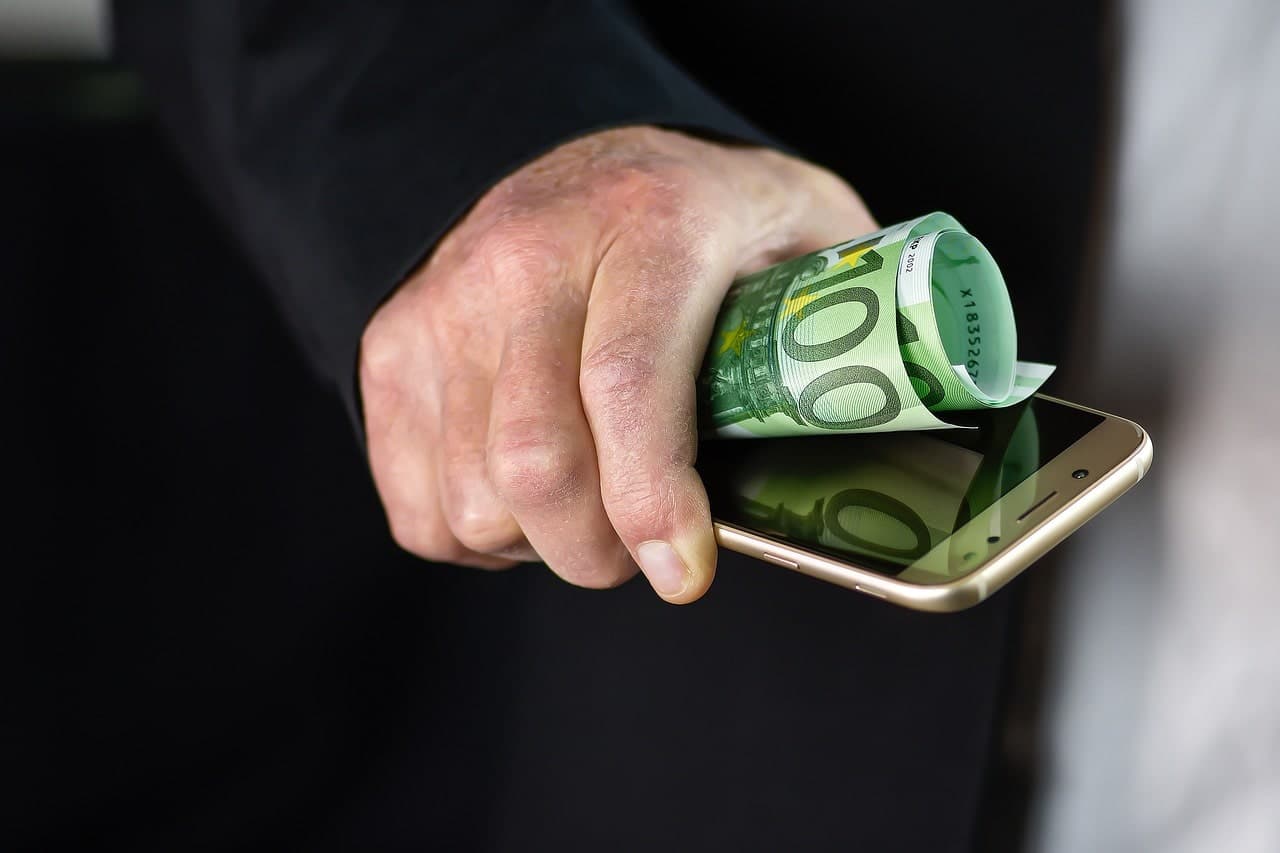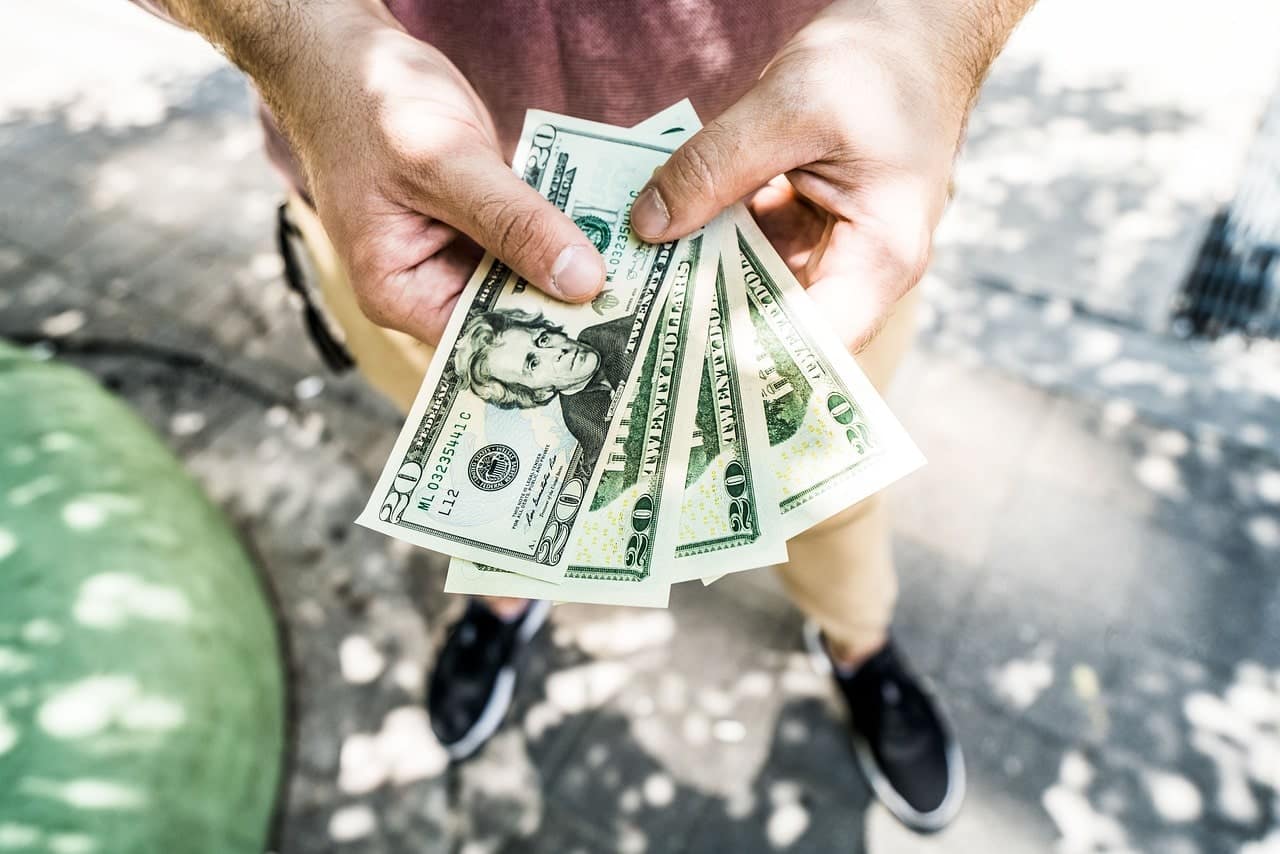Below, we will list the best investments in the history of the stock market.
10. David Einhorn. Considered a value investor (he analyzed the intrinsic price of the stock in order to buy cheaper than its quoted price).
In 2007, when no one was wondering about the solvency of Lehman Brothers, he had already analyzed a bearish thesis.
Moreover, Lehman Brothers was an extremely leveraged bank, which made it a ticking time bomb ($31.7:1, i.e. it borrowed $31.7 for every dollar of liquidity on its balance sheet).
9. Government of the United States of America. In the 2008 crisis, the U.S. government, to avoid the total collapse of the financial system, had to come to the rescue of many corporations.
A program called TARP was designed, which consisted of taking shares in these companies in order to solve their short-term liquidity problems so that they could recover and subsequently sell their shares.
THE U.S. WAS ABLE TO BENEFIT FROM The U.S. managed to benefit from 15,000 million dollars in the investments it made.
8. Warren Buffet. With the purchase of American Express, when credit cards began to become popular.
At the time they were too expensive, and as a good value investor, he waited for the right moment, in this case, after the oil scandal.
American Express had lent a client of the company an amount of money backed by oil inventories.
When this person went bankrupt, there were problems, because when their inventories were seized to repay the loan, they could not collect the capital, because they had been swindled, and the barrels did not contain oil.
People panicked and their share price fell. This is where Warren Buffett came in, putting 40% of his investment fund in this company, taking advantage of investors’ fear. The company is currently valued at 10 billion dollars, with an annual yield of 17%.
7. John Templeton. In 1939, pessimism in the stock market was at its peak, after the Great Depression of 1929 and the First World War.
Templeton decided to buy all the shares that were trading at a price of less than 1 dollar, and in equal parts. So he ordered the purchase of 104 different stocks that met his requirements.
He simply waited, and in a matter of the next 4 years, he multiplied by 5 times the initial value.
6. Paul Tudor Jones. In the crash of 1987, the stock market had risen strongly, and in October it plummeted about 22% in a single day, the largest single-day drop in history.
Paul Tudor Jones, managed to predict this event, and went so far as to short (speculate downwards) and profit from that fall, how?
What he did was to superimpose the 1929 and 1987 charts, observing that they had the same growth, and predicting that they would also have a similar fall. That is how he sold short, the crash of 1987 occurred and he made a spectacular return.
5. Warren Buffet and his purchase of Washington Post shares.
The Washington Post was one of the newspapers of reference at the time, and in 1971 the market fell sharply and with it, the share price.
It was then that Warren Buffet started buying shares at a trading price of $6. The stock kept falling to $4, and he kept buying.
When he was actually asked why he kept buying the stock if its price kept going down, he argued as a value investor that the company was capitalized at $400 million, and in those years it was capitalized at $85 million.
Warren Buffet more than multiplied by 500 times his investment in 2015, with a capitalization of 1200 dollars (compared to the 85 of his purchase).
His annual return was around 17%.
4. Michael Burry. With his bet against the US real estate sector (2007), through credit default swaps (CDS). These were default insurance on mortgage bonds.
He was the very creator of this asset, since he could not bet against housing as such, he decided to go to the bank and suggest to them to create these default insurances.
He had to wait a period of 2 years, which were hard (since the real estate bubble was growing at disproportionate levels), to obtain the desired benefits when the bubble fell.
3. Jesse Livermore, with the crash of 1929. He was probably one of the best speculators there has ever been in our history, and he did it all through speculation, and he managed to predict the 1907 crash and the 1929 crash.
He managed to study an excess of credit at that time, due to the success that the stock market was having at that time. People were going into debt to invest in the stock market in order to get higher returns.
Jesse bet short (down), and managed to obtain practically the highest rate of return in history, becoming the man with the most wealth in the world at that time.
2. George Soros, with his bet on the pound, the man who brought down the Bank of England.
In those years, European currencies were associated with each other. However, when economies became unbalanced, a common mechanism was to devalue the currency.
England at that time needed to devalue its currency (because it had no pounds in its reserves), with the problem that its exchange rate was associated with the other currencies.
George Soros, leveraged himself for 3 or 4 times his wealth, holding the record of the person who has earned the most money in a single day, obtaining 1 billion dollars.
1. Warren Buffet, the Oracle of Omaha. He is probably the most influential investor (outside of speculators), the best investor of all time. On this occasion, we are dealing with the investment of Berkshire Hathaway.
This was a company with a declining business, in textile manufacturing with no future due to the rise of emerging companies in China.
Warren decided to buy shares at $20, currently worth $215,000 (being the most expensive stock you can find on the New York Stock Exchange), multiplying his investment by more than 10,000 times, with a current return of 22%, maintained for more than 50 years.
Warren invested all the returns he obtained in the company in other businesses that had an even greater future, turning Berkshire Hathaway into his main company through which he channeled all his other investments.
